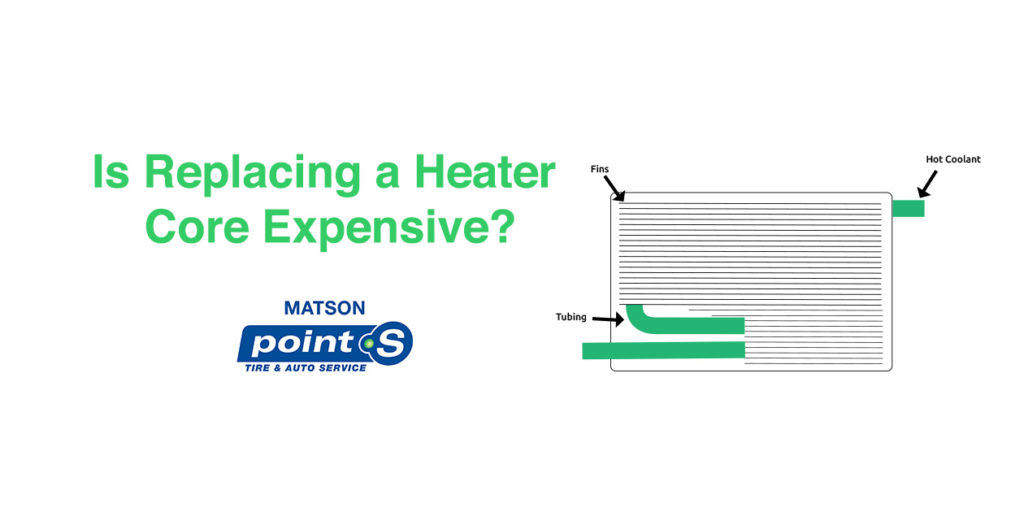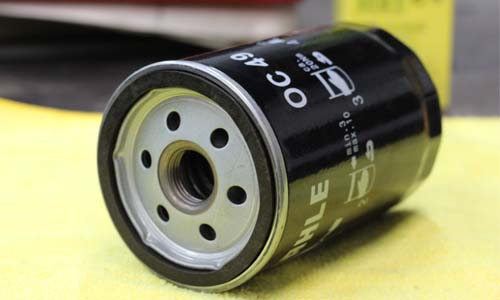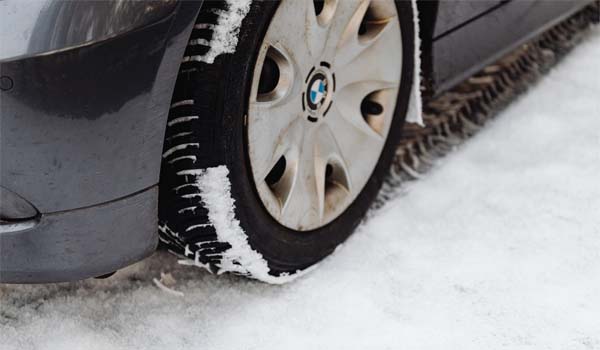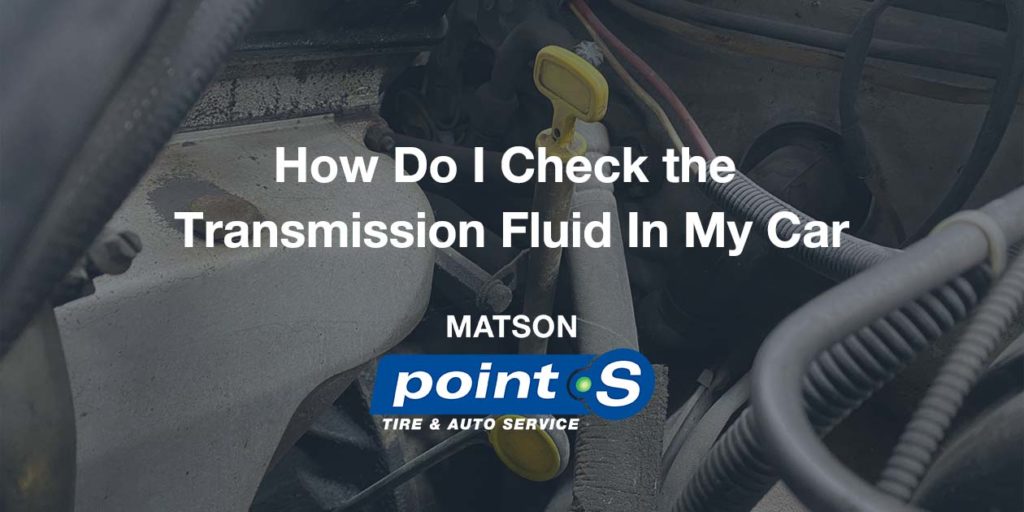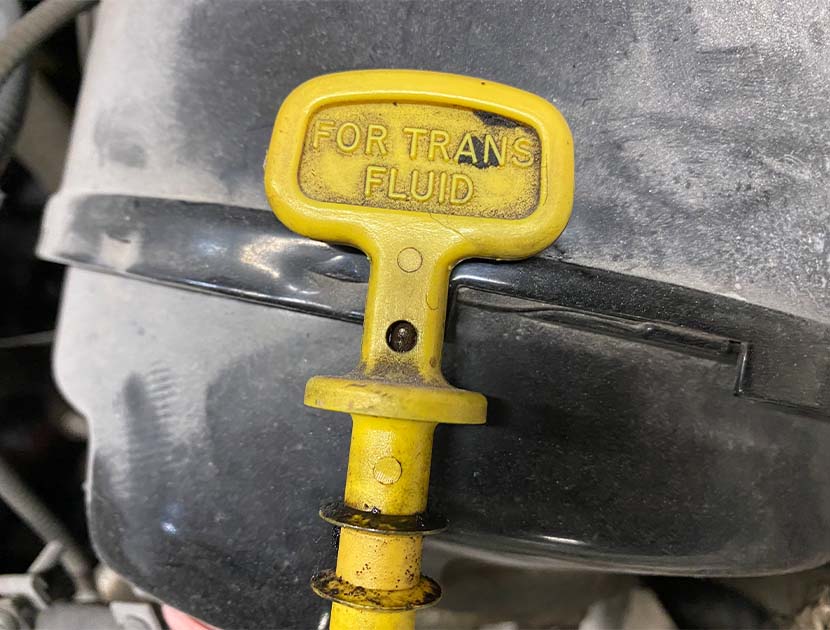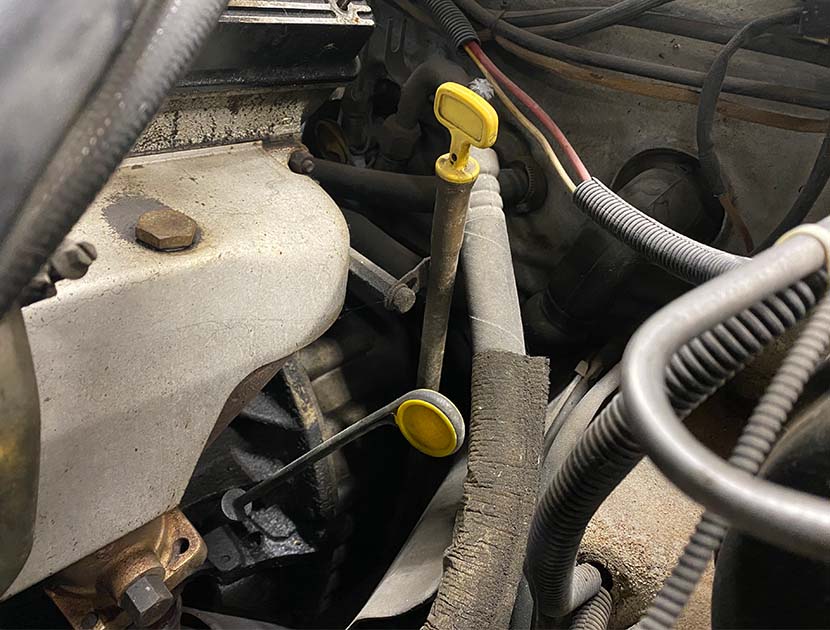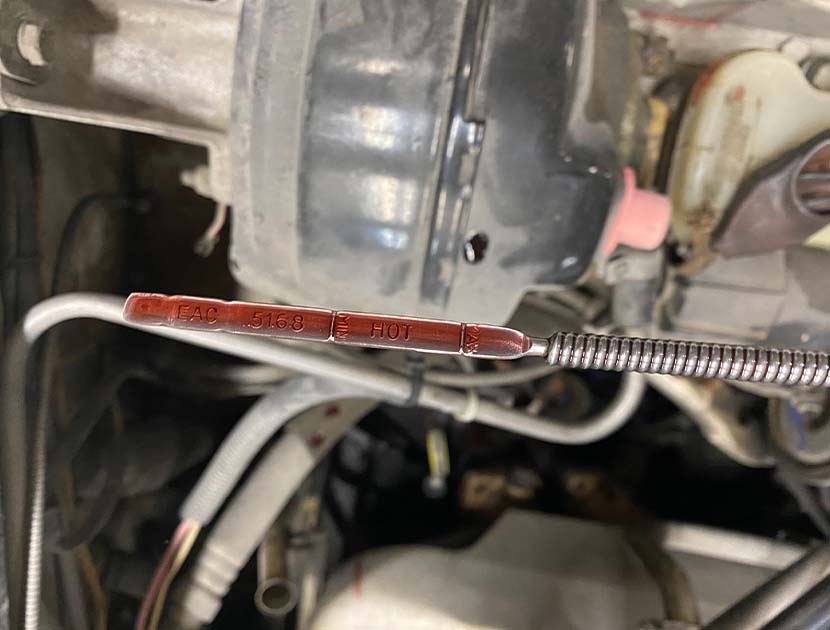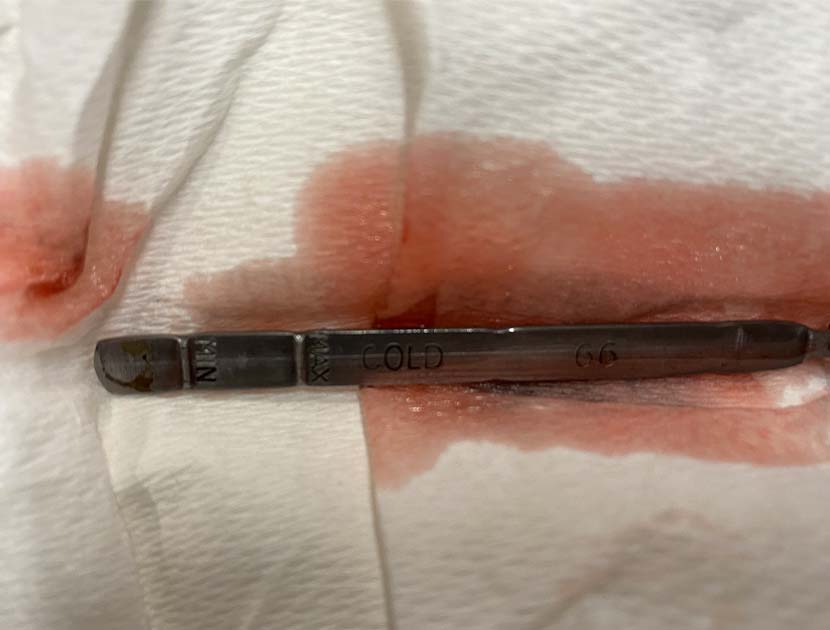When you turn on the heat in your car on a cold morning, you expect to feel hot air coming through the vents once the engine is up to temperature. The heater core is the reason your heat works. The heater core utilizes hot coolant from the engine to warm the cabin, keeping you comfortable while you drive no matter how cold it is outside.
If your repair shop tells you, it’s time for a new heater core, your first question will probably be how much will it cost? In this article, we are going to go over what’s involved with this repair and the ballpark cost of what you can expect to pay.
What is a Heater Core?
The heater core looks like a miniature radiator buried deep in the dashboard. Hot coolant flows through passages in the core from the engine. In the dash, a fan blows air over the heater core. The hot air passes through the vents into the cabin, warming you and your passengers as you drive. The heater core is a component of the coolant circulation system. This means issues with the heater core can potentially impact other areas of your car, including the engine.
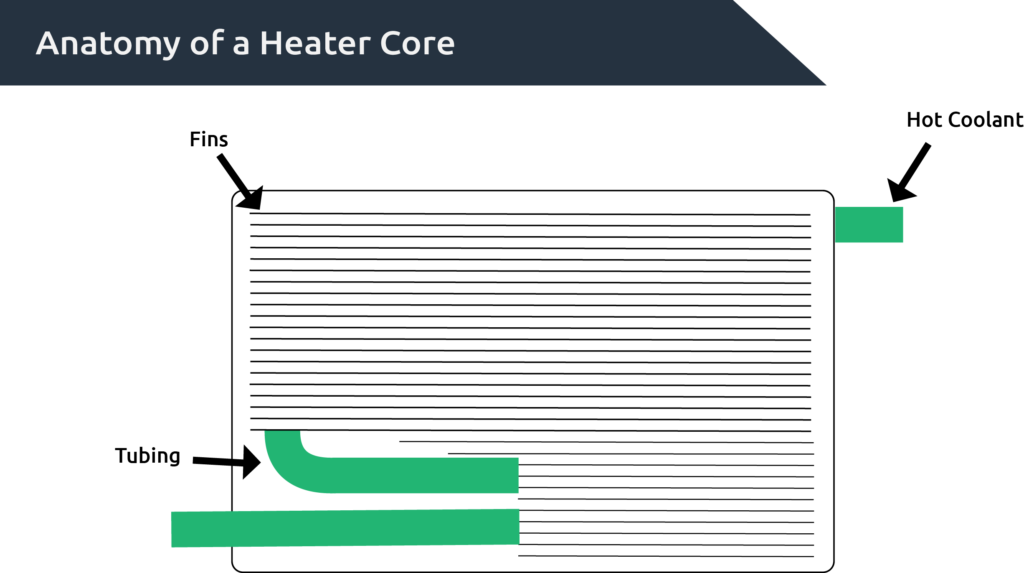
How Do They Fail?
Like we said before, heater cores do not fail all that often. Age and neglect make them more likely to have problems.
Leaking Heater Core
A leaking heater core can cause some significant issues. First, coolant will leak in the dash. Leaking coolant can form puddles in the footwells and make the entire cabin smell. Second, the air coming through the vents will not be as hot as you are used to. Third, any time coolant is leaking out of the system, you run the risk of overheating your engine. Overheating can lead to serious damage and very expensive repairs.
Several things can cause a heater core to leak. Plastic end tanks on the core can rot out or crack. This is especially true on older vehicles that have been driven for many years. Additionally, vibration from engine operation can make the welds on the core come undone.
Clogged Heater Core
Heater cores can become clogged as they age, particularly if coolant flushes have been neglected. Debris and other particles block coolant passages within the core and can cause it to leak. Electrolysis, which happens when there is an excessive electrical current in the cooling system, can lead to buildup in the heater core, causing a clog.
Is It Expensive to replace a heater core?
This repair can be expensive. The cost of the job can be broken into two sections: parts, and labor. We are going to look into the costs of both sections to give you an idea of what you can expect to pay.
How Much Does a Heater Core Cost?
Like any part, the price depends on your vehicle. On some cars and trucks, it’s possible to replace just the core. Other heater cores are integrated into larger components within the dash. At the low end, heater cores start at around $100. You can expect to pay lower prices on inexpensive economy cars. At the high end, parts prices for a heater core can be closer to $1000. Luxury cars and SUVs generally have more expensive parts.
The best way to know how much the part will cost is to talk to a service advisor at your favorite repair shop, but a quick search online can also provide you with a price range.
Heater Core Replacement Labor Cost
The most expensive part of replacing a heater core is the labor. Labor charges pay the technician for the work required to complete the repair. Accessing the heater core is the most time-consuming part of this repair. In some cases, the entire dashboard must come out to access it.
The time to replace a heater core varies significantly from car to car. Most vehicles require five to seven hours to complete the repair, but some take as long as 15 hours. Labor rates also vary from shop to shop but expect labor fees to start around $500 to $600 for most cars. Others may cost as much as $1200 to $1500.
Total Cost of a Heater Core Replacement
There’s no way to put an exact number on the cost of this repair with such wide variability in price, labor times, and shop labor rates. If your heater core needs to be replaced, you should plan on, at the bare minimum, $800-$1000. The price can quickly shoot up if your car requires a lot more time to get to the core, or if the parts are particularly expensive, closer to $1800-$2000.
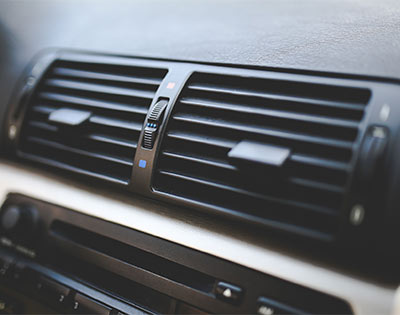
Can I Replace a Heater Core Myself?
It’s unlikely you will be able to replace a heater core on your own without lots of experience working on cars, ample space, time, and tools. This repair is in-depth, requiring lots of disassembly. Heater core replacements are best left to a professional, so you know the job is done right.
Heater Core Replacement at Matson Point S
If your heater core is leaking or clogged, don’t delay getting it replaced. Our team of skilled technicians will perform the repair right the first time and get the heat flowing through your vents again. Give us a call or schedule an appointment at our Riverton, UT auto repair shop today!

